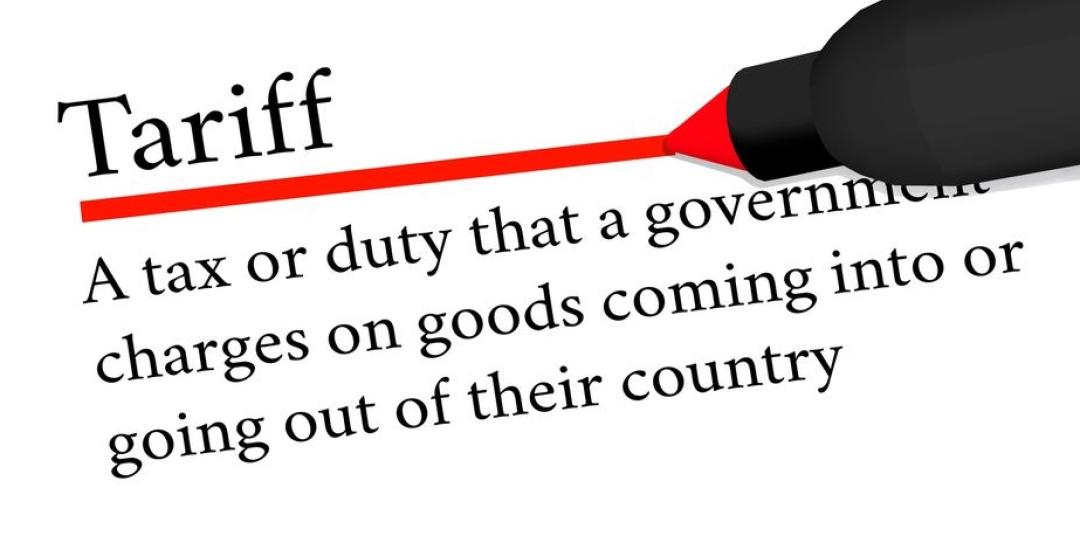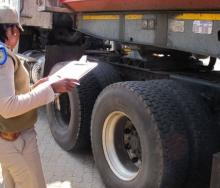What is the best single measure of a country’s import tariffs? As we know, countries don’t have a single tariff, but a landscape of tariffs and other trade barriers. For comparison purposes, it is useful to distill the array of tariffs down to a single number.
In terms of tariffs, there are two common ones: the simple average Most Favored Nation (MFN) applied tariff and the weighted average MFN applied tariff. (MFN is the tariff that WTO members and other favored partners receive.) Neither is perfect.
The simple average MFN tariff is the average of all tariffs in a country. The problem with this measure is that a very high tariff on a good that weighs little in imports, such as peanuts, pushes the average up to the same extent as a high tariff on a major import, like cars, would. As a result, it tends to overstate protection.
To put more weight on goods that are major imports, the weighted average tariff uses a country’s imports as weights in calculating the average tariff. If a country imports a lot of cars, but few trucks, the tariff on cars is weighted more heavily in the average tariff. The problem with the weighted average tariff is that high tariffs impede imports, so it tends to understate protection. An extreme example is a prohibitive tariff, which eliminates trade and thus has a zero weight, so would not be incorporated into the weighted average tariff at all. (In economic jargon, the weights are endogenous to the tariff, creating a downward bias.)
The use of global trade weights provides an alternative to calculate the weighted average import tariff. The advantage of this measure is that the weights given to different tariffs are based on what countries typically import, so a country’s individual tariff structure does not affect the weights. Products that are important for global imports, like machinery, get bigger weights. The weights are still not quite perfect, since some products, like agricultural goods, have high tariffs in many countries that impede global trade.
To add complexity to the creation of a single indicator of protection, not all tariffs are ad valorem (a percentage of the value). There are also specific tariffs that are imposed as a fixed tax per weight or quantity. A country like Switzerland uses specific tariffs based on weight, for example, a 5 Franc tariff on 100 kg of imported tomatoes. Such tariffs should be converted to ad valorem tariffs before averages are calculated, though standard measures often fail to do so.
Tariffs that are especially distortionary will tend to pull the average tariff weighted by country imports down, as compared with the other measures. The intuition is that high tariffs discourage trade, they lead to a downwards biased weighted average.
Figure 1 shows the three measures for a group of advanced and large emerging market countries. Tariffs are more uniform and less distortionary when there is little dispersion between the measures. For example, if all tariffs in a country were set at the same rate, all three measures would be identical. When the standard weighted average is below other measures, it shows that tariffs are non-uniform and tend to be more distortionary. If the simple average is much higher than the other two, it means that high tariffs tend to fall on niche goods. In contrast, if the weighted average with world weights is the highest, it implies that high tariffs fall on goods that tend to weigh heavily in global trade.



